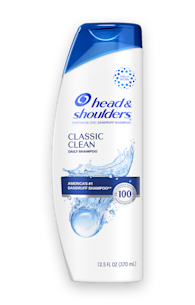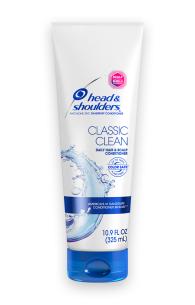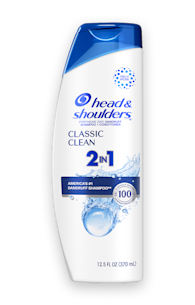TINEA VERSICOLOR – WHAT IS IT?
Tinea versicolor is a common infection in adolescents and young adults, which, like dandruff, is caused by a common fungus. But what is it, really?
Tinea versicolor (also called pityriasis versicolor) is a skin condition caused by a common fungus – much like dandruff. Unlike dandruff, which is primarily a condition of the scalp, tinea versicolor is more likely to be experienced on other oil-producing areas of the body, like the chest, back, face, and arms.
To help you work out if you have tinea versicolor, we’ve put together a short guide.
What causes tinea versicolor?
Both dandruff and tinea versicolor have the same root cause: the Malassezia globosa family of yeast-like fungi. Usually, these microbes don’t cause any harm at all, but they can occasionally be the source of skin conditions.
Dandruff is triggered by a by-product of Malassezia globosa, that lives on top of your skin. In contrast, tinea versicolor is directly caused by the over-proliferation, or infection, of various strains of Malassezia (including Malassezia globosa and furfur) inside the outer layer of skin.
The onset of tinea versicolor does seem to be affected by outside factors, particularly:
Humidity
Sweating
Oily skin
Hormonal changes
The last point likely goes a long way to explaining its prevalence among the younger population.
If you do have tinea versicolor, you can expect symptoms that include:
Skin pigment changes: oval patches or spots that are either lighter or darker than usual
Spots that don’t tan like your normal skin
Itchy and flaky scale
While tinea versicolor may exhibit flaking, scaling, or itch, it is easily distinguished from dandruff by the skin pigment changes.
Treating tinea versicolor
Luckily, it is possible to treat tinea versicolor with over the counter medications. Anti-fungal treatments are generally effective.
If you find that these are ineffective, then it’s a good idea to talk to your doctor, who can recommend something more rigorous.
In fact, it’s recommended that you speak to your doctor regardless – there are many skin conditions with symptoms similar to tinea versicolor. Making sure you get the proper treatment is always sound practice.




